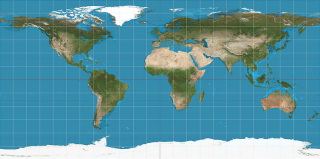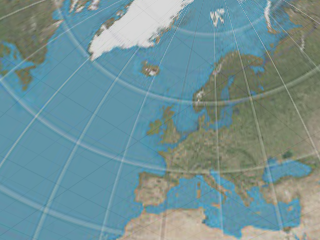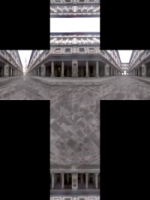![]()
Render
Environment Editor
Window
Floating Panels >
Show Environments Panel
Environments
| Toolbar | Menu | Panel Gear Menu |
|---|---|---|
|
|
Render Environment Editor Window Floating Panels > |
Environments |
The Environments command opens the Environments panel to edit background color, image, projection.
![]() Environments panel
Environments panel
The Environments panel has additional browsing tools.
Selects the previous item in the list.
Selects the next item in the list.
Displays the current item icon and name.
Limits the search to names.
Limits the search to notes.
Limits the search to tags.
Displays how 'name:', 'note:', 'tag:', '?', '#' and '^' are used for searching items.
Displays the Tools menu.
A new blank environment is created.
Imports environments from a saved Rhino .renv file.
Creates a new basic environment.
Opens the content type browser to see more options for creating a new environment.
The name of the environment.
See: Naming conventions in Rhino
Sets the environment type.
![]() Basic
Basic
The basic environment is a simple background color and optional texture. The projection of the texture can be set to either planar, spherical (otherwise known as equirectangular or longitude/latitude) or box.
You can drag the color swatch to a folder to create a Rhino color file.
Uses an image as the environment background.
Sets the projection style for the background image.
Maps texture directly to background. Environment looks always the same no matter where the camera is looking.
Also known as angular fish-eye projection or azimuthal equidistant projection. Elliptical subsection reaching each border of the texture is mapped onto the sphere.
See: Wikipedia: Azimuthal equidistant projection.
Also known as spherical projection. Horizontal line in the middle of the texture is mapped to the equator of the sphere.
See: Wikipedia: Equirectangular projection.


Subsections corresponding to each side of the cube are located side by side dividing the texture into six equal parts.
See: Wikipedia: Cube mapping.
Subsections corresponding to each side of the cube are located in a vertical cross pattern. Each subsection is one fourth of the image in height and one third in width.
Subsections corresponding to each side of the cube are located in a horizontal cross pattern. Each subsection is one third of the image in height and one fourth in width.
Elliptical subsection reaching each border of the texture is mapped onto the sphere. This projection is the result of taking a photo of a mirror sphere with an orthographic camera.
Like spherical projection but the entire texture is mapped onto the upper half of the sphere. The bottom border of the texture is stretched over the under side of the sphere.
Sets the rotation of the environment. This helps put the image in the correct position to accomplish the correct reflections and lighting.
Specifies the strength of the environment.
Render content (materials, environments, and textures) are stored in models. They can also be saved to files and shared across models. The Libraries panel displays the default content folder. Content can be dragged and dropped between Rhino sessions or between a Rhino window and a disk folder.
| Command-line options | |
|---|---|
|
ShowPanel |
Displays the Environment Editor panel. |
|
Options |
Displays command-line options. AddDeleteRenameChangeDuplicateLoadFromFileSaveToFile |
Open or close the Materials panel.
Open or close the Textures panel.
Render the objects using the current renderer.
Rhino detects material, environment and texture name conflicts in the following file operations:
When a render content item name already exists in the current model, but the content settings are different, the conflicted item will be imported with "[imported]" appended to its name.
Environments in Rhino 6 rendering
Rhino 6 for Mac © 2010-2020 Robert McNeel & Associates. 11-Nov-2020